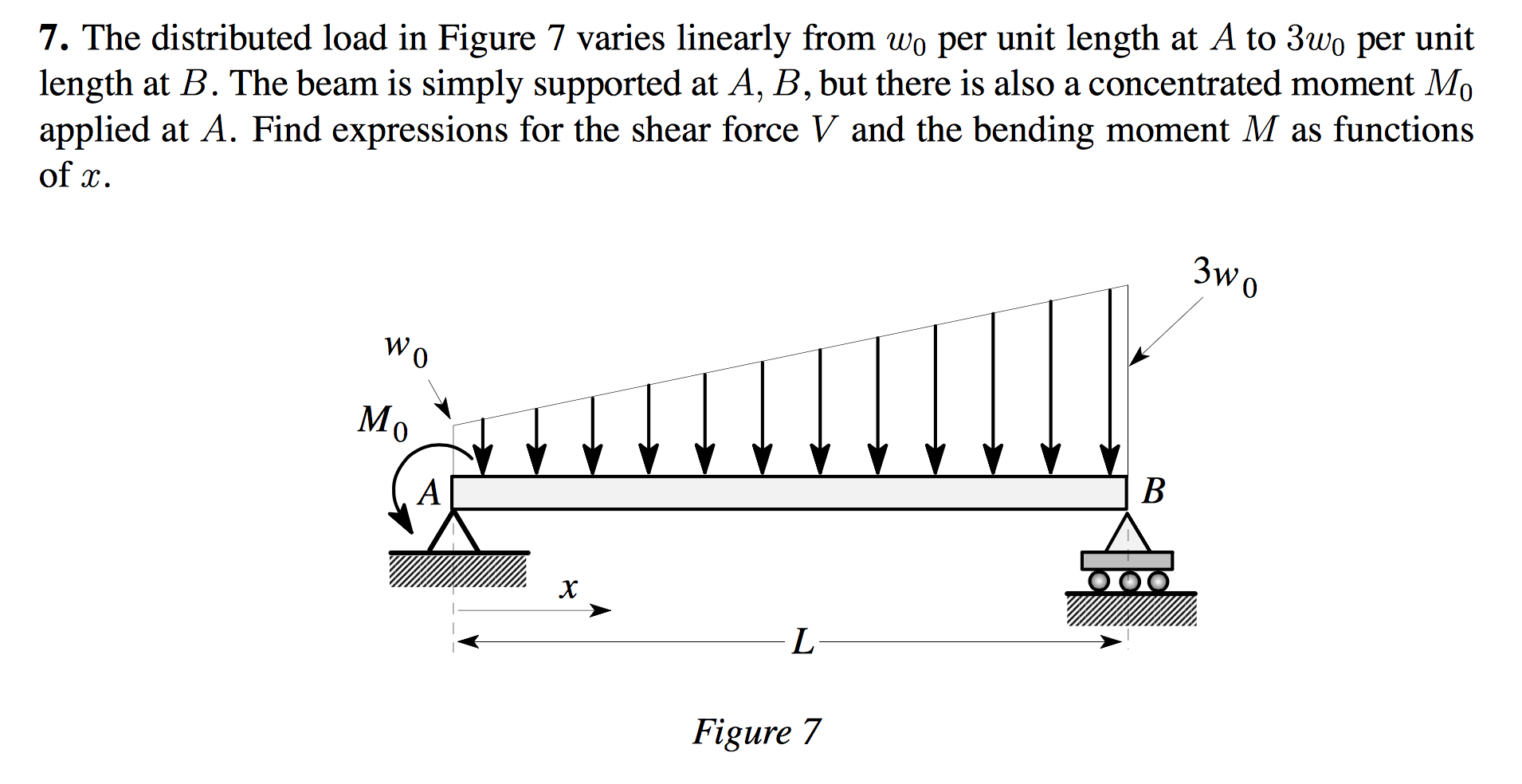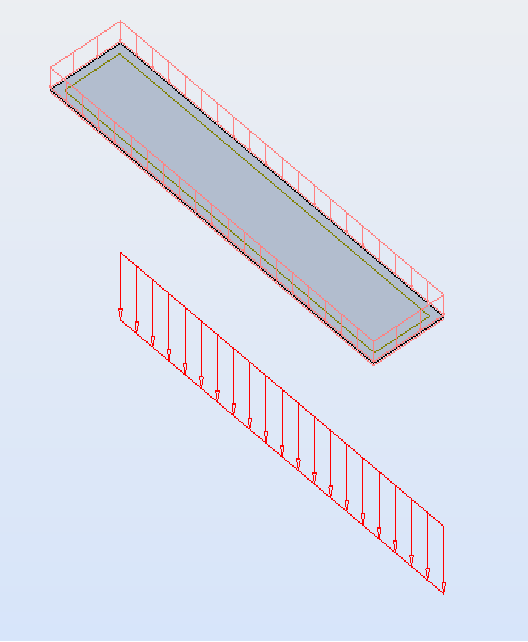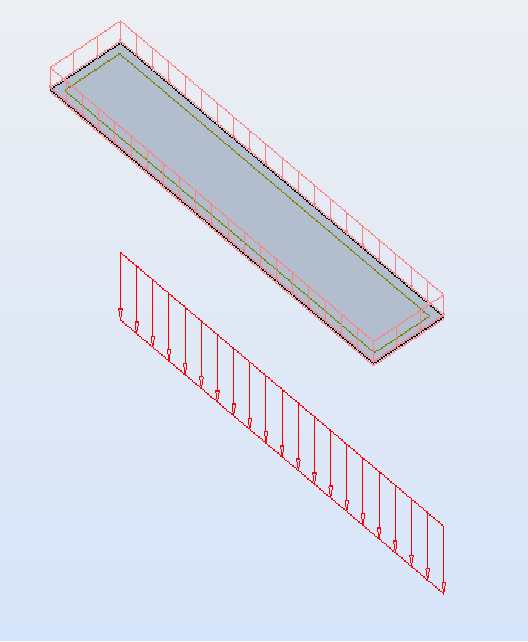Do you know what linear load is and how it affects your electrical system? Linear load is a type of load that is used in a variety of electronic devices, including light bulbs, heaters, and other appliances. It is important to understand the impact that linear load has on your system and how to properly manage it to prevent problems and ensure efficient performance.
Pain Points
Linear load can create several pain points when not properly managed. One of the most common issues is voltage fluctuations, which can result in damage to your equipment or even complete system failure. Additionally, linear load can cause harmonic distortion, which leads to power loss, more heat being generated, and increased operating costs.
Target of Linear Load
The target of linear load is to provide a steady and predictable load on your electrical system. This is achieved by using electrical devices that do not require complex circuitry or electronics to operate. The simplicity of these devices makes them easy to manage and control, ensuring that your system remains stable and efficient.
Main Points
In summary, linear load is a type of load that impacts your electrical system's efficiency and performance. The pain points associated with linear load can be managed by properly maintaining your equipment and managing your load levels. By doing this, you can ensure that your system remains stable and efficient, maximizing its lifespan and minimizing repair and operating costs.
Linear Load and Target
Linear load works by providing a predictable and steady load on your electrical system. This is achieved by using simple electrical devices that do not require complex circuitry or electronics. These devices are easy to control and maintain, ensuring that your system remains stable and efficient. I had a personal experience with a linear load when I replaced my old light bulbs with LED light bulbs. Not only did it lower my energy costs, but it also improved the stability of my electrical system.

Effects of Linear Load
Linear load can impact your electrical system's efficiency and performance in several ways. One of the most significant effects is voltage fluctuations, which can result in equipment damage or complete system failure. Additionally, linear load can cause harmonic distortion, resulting in power loss, increased heat generation, and higher operating costs. The key to managing these effects is regular equipment maintenance and proper load management.

Linear Load Management
To manage linear load, it is essential to use simple electrical devices that are easy to control and maintain. Additionally, regular equipment maintenance is necessary to ensure that your equipment remains in good condition and operates efficiently. Finally, proper load management is crucial to prevent voltage fluctuations and harmonic distortion, ensuring the stability and effectiveness of your system over time.
Linear Load Efficiency
The efficiency of your electrical system depends heavily on the proper management of linear load. By using simple electrical devices, regular equipment maintenance, and proper load management, you can reduce the risk of voltage fluctuations, harmonic distortion, and other issues that impact system performance. Additionally, efficient linear load management can help you minimize operating costs and extend the lifespan of your equipment.

Question and Answer
Q: What devices use linear load?
A: Devices that commonly use linear load include light bulbs, heaters, and other appliances that do not require complex circuitry or electronics to operate.
Q: How does linear load impact energy costs?
A: Linear load impacts energy costs by creating harmonic distortion, which leads to power loss and higher operating costs.
Q: How can I manage linear load?
A: You can manage linear load by using simple electrical devices that are easy to control and maintain, regularly maintaining your equipment, and managing your load levels to prevent voltage fluctuations and harmonic distortion.
Q: What is the target of linear load?
A: The target of linear load is to provide a steady and predictable load on your electrical system. This helps to maintain system stability and efficiency, maximizing lifespan and minimizing repair and operating costs.
Conclusion of Linear Load
Linear load is an important consideration for anyone looking to maintain the efficiency and effectiveness of their electrical system. By using simple electrical devices, regularly maintaining your equipment, and managing your load levels, you can minimize the impact of linear load on your system and ensure that it operates smoothly and efficiently over time.
Gallery
The Distributed Load In Figure 7 Varies Linearly F... | Chegg.com
Photo Credit by: bing.com / load distributed linearly unit length per varies figure w0 3w0
Back To Basics – Linear Vs Non-Linear Load – Powerquality.sg
Photo Credit by: bing.com / linear non vs load basics powerquality sg
Can A Non Linear Load Cause Very High Harmonic Voltage When The Load Is
Photo Credit by: bing.com / linear load non voltage harmonic current waveforms high example very
LINEAR LOADS - Autodesk Community

Photo Credit by: bing.com / linear autodesk load
Linear And Non-Linear Load Waveform | Download Scientific Diagram

Photo Credit by: bing.com / waveform